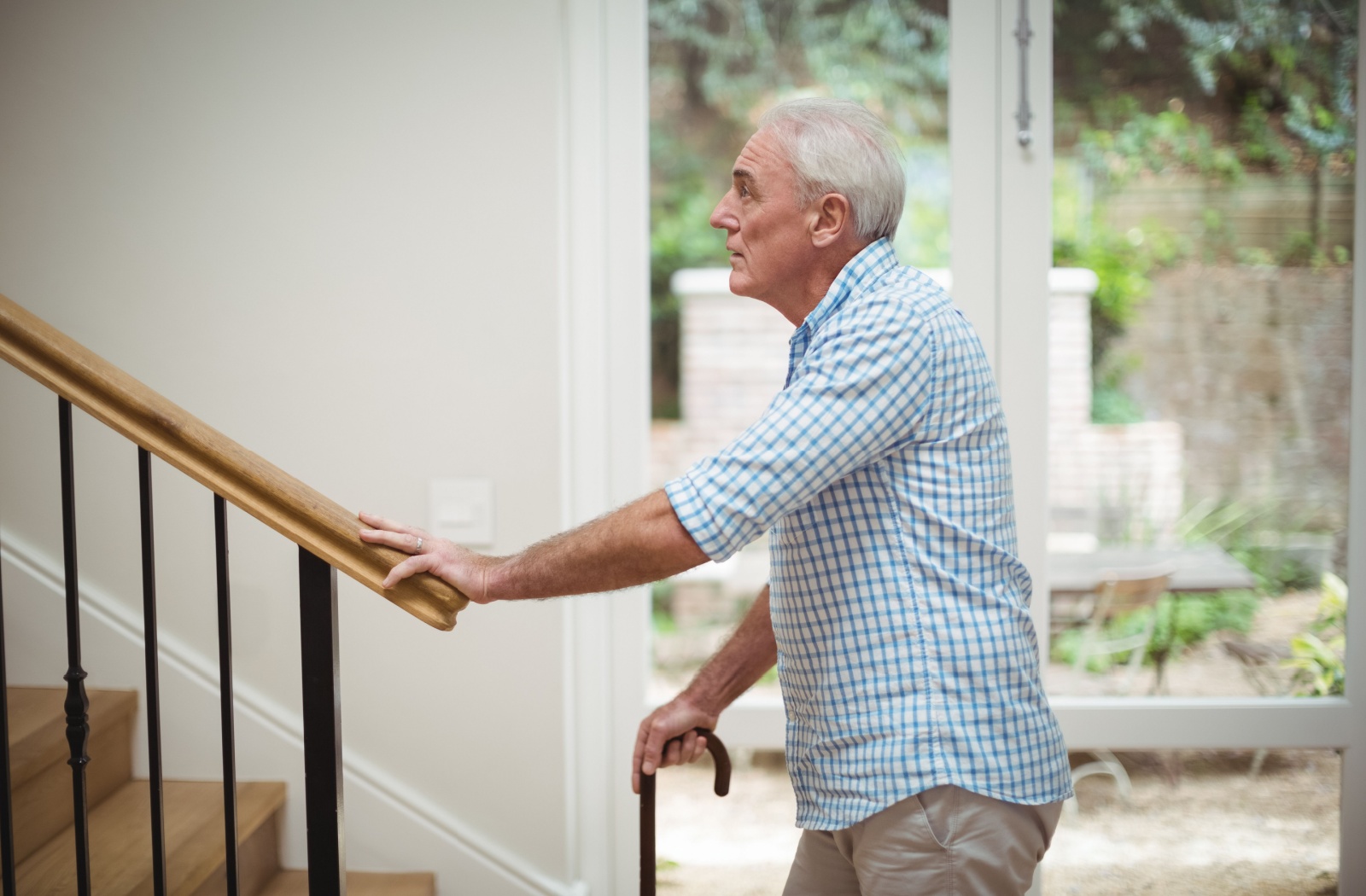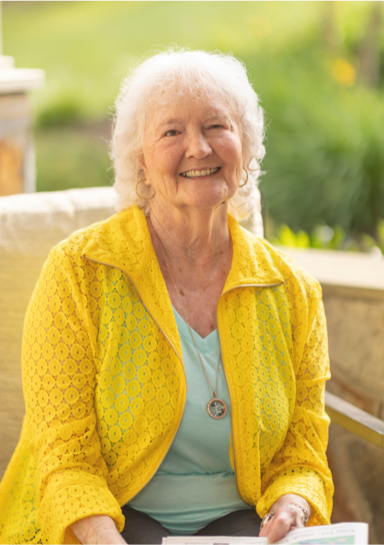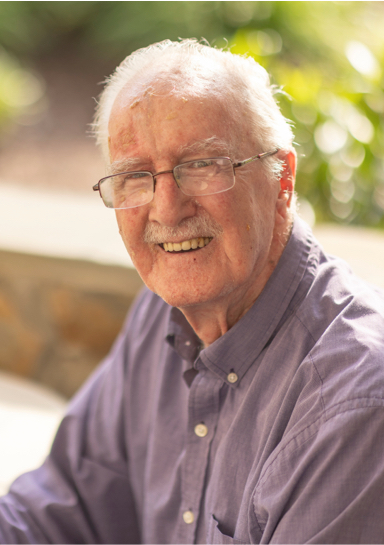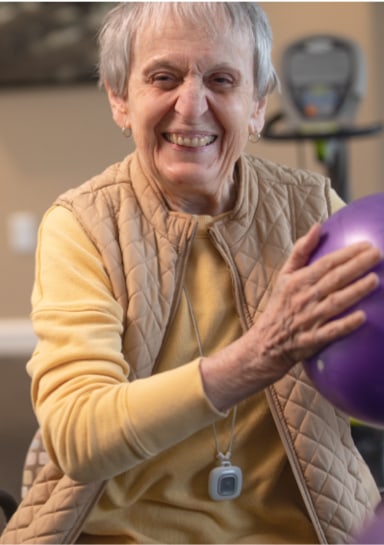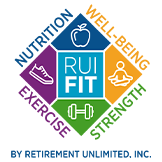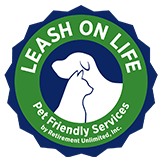Key Takeaways:
- Falls are preventable with the right safety measures and support
- Working with healthcare providers helps identify personal risk factors
- Home modifications and staying active reduce fall risks significantly
- Professional communities offer comprehensive fall prevention programs
- Recovery support is available when falls do occur
Falls don’t have to be part of getting older. While balance and coordination may change over time, you can take meaningful steps to stay safe and maintain your independence. For those seeking extra peace of mind, fall detection watches can provide immediate emergency alerts when accidents occur.
Preventing falls requires a combination of staying active, making smart home modifications, working with your healthcare team, and knowing when additional support can help you live safely. Whether you’re looking at independent living options or considering assisted living support, the right approach can keep you and your loved ones moving forward with confidence.
Understanding Fall Risks and Why Prevention Matters
Common Causes of Falls in Older Adults
Your body goes through natural changes that can affect how you move and balance. These changes don’t mean you can’t stay active—they just mean you need to be aware of them.
Several factors contribute to fall risks, including:
- Physical changes that affect balance and coordination
- Health conditions that decrease mobility
- Medication side effects and interactions
- Environmental hazards
The Impact of Falls at Home
A fall can change how you feel about your daily activities and your home. Many people worry about falling again, which sometimes leads to moving less—but staying active is actually one of the most important things you can do.
When falls become a concern, it’s helpful to know your options. Assisted living communities provide support that helps you stay active while reducing risks. Recovery programs and rehab recovery services can also help you regain strength and stability after a fall.
Working with Your Healthcare Provider
Preparing for Your Appointment
Your healthcare provider can help identify specific risks and create a prevention plan that works for you. Come prepared to make the most of your visit.
Bring these important items to discuss:
- Your complete medication list for review
- Details about any previous falls or near-misses
- Any concerns about balance or mobility changes
Health Conditions That Affect Balance
Certain health conditions can increase fall risks, but managing them well helps reduce those risks. Your healthcare team can help you understand how your specific conditions affect your balance and what you can do about it.
Common conditions that affect stability include:
- Vision and hearing changes
- Blood pressure and heart conditions
- Cognitive changes and memory care considerations
Staying Active and Building Strength
Safe Exercise Options for Older Adults
Regular physical activity strengthens your muscles and improves your balance. The key is finding activities you enjoy and can do safely.
Consider these gentle but effective options:
- Walking programs and water workouts
- Balance exercises, like tai chi
- Working with physical therapists for personalized programs
Overcoming Fear of Falling
If you’ve fallen before or worry about falling, you’re not alone. Many people experience this concern, but there are ways to build your confidence back up.
Senior living communities often provide structured programs that help you stay active in a supportive environment. Respite care options can also give your family peace of mind while you focus on building your strength and stability.

Making Your Home Safer
Room-by-Room Safety Checklist
Small changes in your home can make a big difference in preventing falls. Start with the areas you use most often and work through each room systematically.
Focus on these key safety measures:
- Removing trip hazards and clutter from walkways
- Installing grab bars and handrails where needed
- Improving lighting throughout your home
Bathroom and Kitchen Safety Tips
Bathrooms and kitchens present unique challenges because of water and the tasks you do in these spaces. Taking time to make these areas safer protects you during daily activities.
Simple changes include:
- Adding non-slip mats and shower seats
- Keeping frequently used items within easy reach
- Managing spills and wet surfaces quickly
Using Assistive Devices Effectively
Canes, walkers, and other assistive devices can provide stability and support when you need it. The key is getting the right device and learning how to use it properly.
Work with professionals to:
- Choose the right cane or walker for your needs
- Learn proper techniques from occupational therapists
- Determine when to consider larger home modifications
What to Do After a Fall
Immediate Steps to Take
If you do fall, knowing what to do can help prevent further injury and get you the help you need. Take your time and don’t rush to get up.
Follow these steps:
- Stay calm and assess yourself for any injuries
- Get up safely using furniture for support, or call for help if needed
- Seek medical attention if you hit your head or feel pain
Recovery and Moving Forward
Recovery after a fall takes time, and that’s perfectly normal. Professional rehab recovery programs can help you regain your strength and get back to your regular activities safely.
During recovery, consider how family support and respite care services can help you focus on healing while giving your loved ones peace of mind. Understanding mental health and emotional well-being during recovery is equally important as physical healing.
Finding the Right Support and Living Options
When Seniors Need Extra Support
Seniors can benefit from additional support while maintaining their independence. Senior living communities offer safety features and programs designed specifically for fall prevention.
Consider these signs that extra support might help:
- You’re concerned about falling when you or your loved one are alone
- Managing your home or your loved one’s home feels overwhelming
- You or your loved one want access to fitness programs and social activities
Exploring Your Options
When you visit senior living communities, pay attention to their safety features and fall prevention programs. Ask about their fitness facilities, grab bars, emergency response systems, and how they help residents stay active safely.
The right community will help you maintain your independence while providing the support you deserve. At The Barrington at Hioaks, we understand that preventing falls is about more than safety—it’s about helping you live the active, engaged life you want.
Ready to learn more about how we support your safety and independence? Contact us today to schedule a tour and see our fall prevention features in action.

